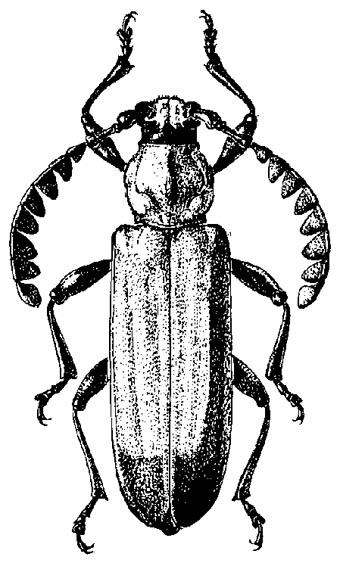|
Phyllarthriini Classification
Selected References to Larvae Specimens
|
 Phyllarthrius africanus Hope, 1843; dorsal Cerambycidae:Cerambycinae:Phyllarthriini |

 |
|
| Home Identification Keys Fact Sheets Gallery Resources About Search | |
|
Phyllarthriini Classification
Selected References to Larvae Specimens
|
 Phyllarthrius africanus Hope, 1843; dorsal Cerambycidae:Cerambycinae:Phyllarthriini |
 idtools.org Longicorn ID images on Bugwood ITP Node Longicorn ID last updated 2020 E.H. Nearns, N.P. Lord, S.W. Lingafelter, A. Santos-Silva, K.B. Miller, & J.M. Zaspel |